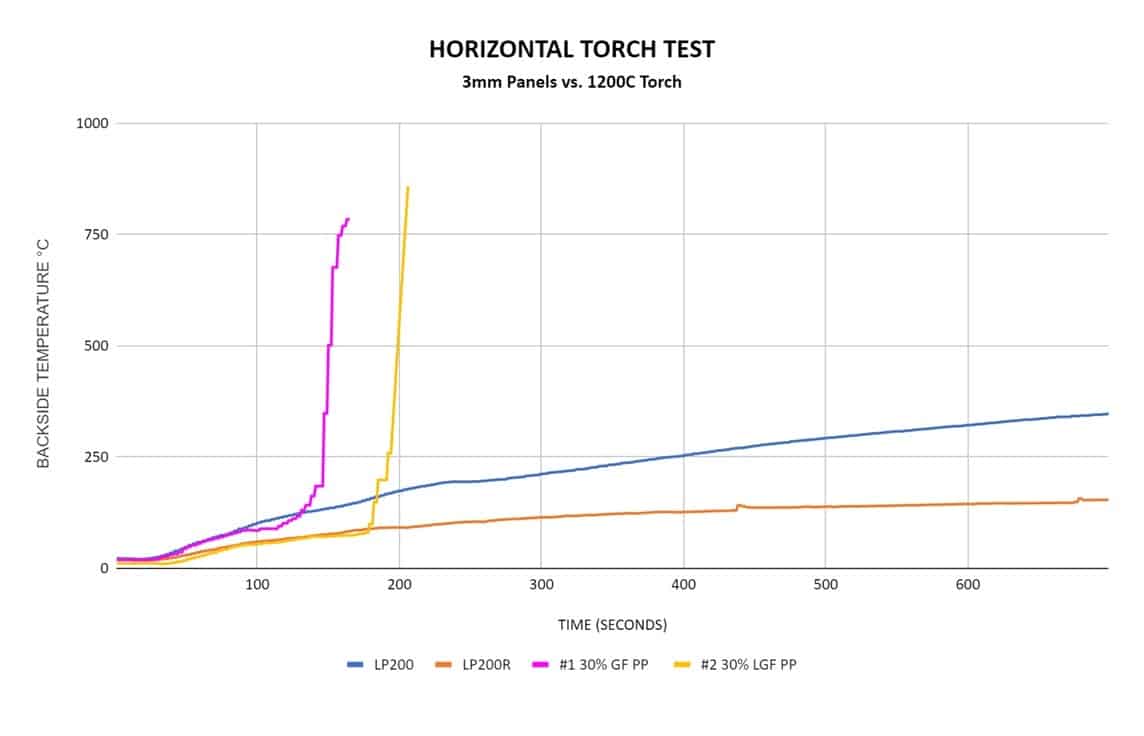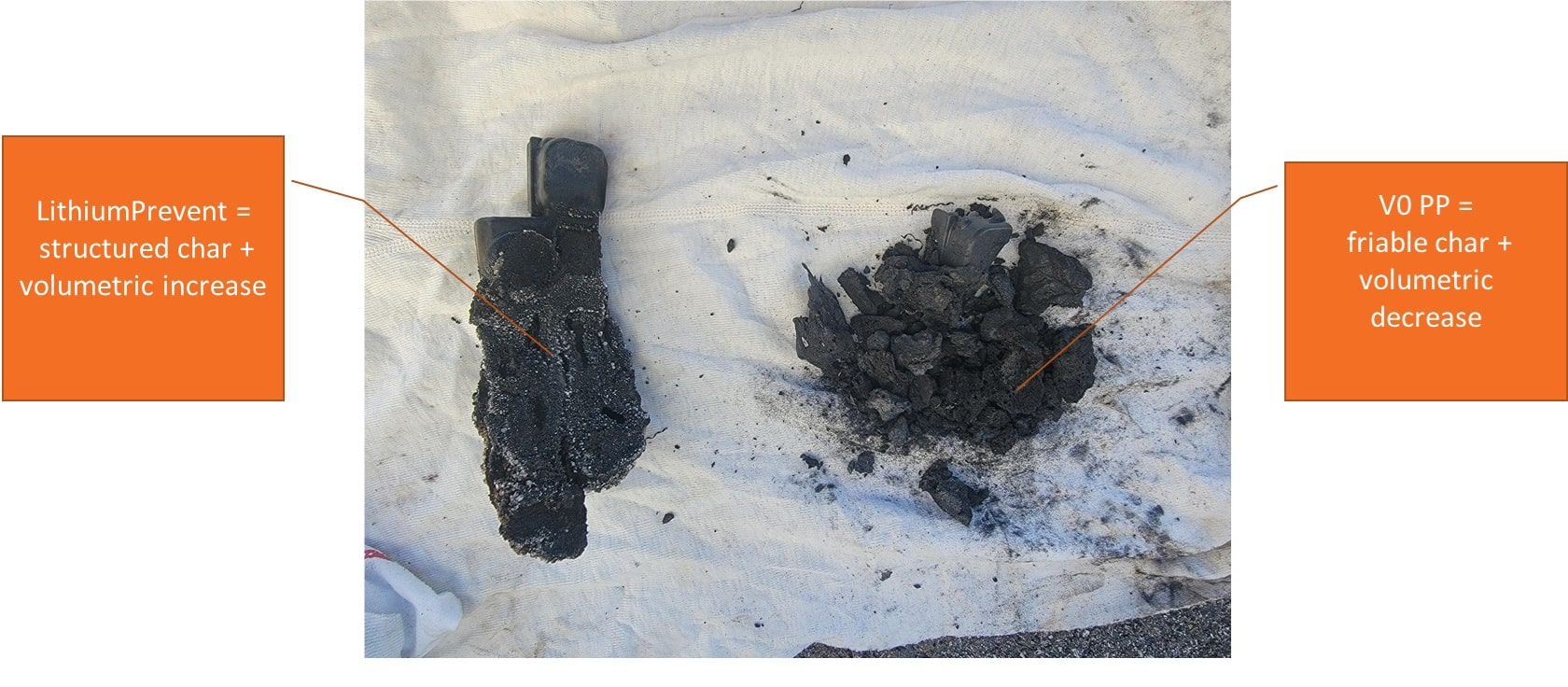Introduction
The automotive industry is undergoing a transformative shift towards electric vehicles (EVs). As the reliance on lithium-ion batteries grows, so does the imperative for ensuring their safety and reliability. This case study examines how a leading Automotive OEM addressed the risk of electrical arcing and subsequent thermal runaway in their lithium-ion battery modules.
Tracing the Pathways of Arcing
The OEM’s engineers conducted a thorough investigation to identify the root causes of electrical arcing within their battery modules. Their findings revealed several potential pathways for arcing to occur:
- Internal Cell Short Circuit: Manufacturing defects or physical damage can lead to the breakdown of the internal separation between the anode and cathode within a battery cell. This internal short circuit can generate localized heating, potentially resulting in cell rupture and the release of flammable electrolytes.
- Inter-cell Connections: Poorly insulated interconnections between cells can facilitate electrical discharges, propagating heat and failure across multiple cells, creating a challenging chain reaction.
- Busbar and Terminal Insulation Failures: Compromised insulation materials or improper installation can lead to arcing across busbars and terminals. The conductive gases or pollution released during an arcing event can create easy pathways for further arcing, significantly increasing the risk of thermal runaway.
- Contaminants & Pollution: Conductive particles may become present in the battery pack either from outside sources or by being released from back components during minor events. This can create unintended conductive paths, leading to arcing in unexpected areas, including between conductors and metallic components of the battery structure.
The Threat of Thermal Runaway
Once arcing occurs within a battery module, it can trigger a dangerous sequence of events leading to thermal runaway and thermal runaway propagation:
- Localized Heating: Arcing generates intense localized heat, compromising the structural integrity of affected cells.
- Electrolyte Decomposition: High temperatures cause the electrolyte to decompose, releasing flammable and conductive gases.Further arcing events can cause the ignition of flammable gases generated during thermal runaway.
- Propagation of Failure: Heat spreads to adjacent cells, raising their temperatures to critical levels. Exothermic reactions in neighboring cells further escalate the situation, leading to a cascading chain reaction.
- Vent and Ignition: Accumulated pressure and flammable gases can lead to cell venting and potential ignition or short-circuiting, ultimately resulting in a fire or explosion.
Design Enhancements and Material Selection
To address the identified risks, the OEM adopted a comprehensive mitigation strategy focused on design enhancements and material selection to safeguard against electrical arcing and thermal runaway. The goal was to keep existing parts where possible and replace material only where necessary to avoid a complete design overhaul given the battery pack was already in production.
An area of focus for the OEM’s engineers was on preventing arcing between conductors and the battery structure, a challenge exacerbated by the conductive environment within a high-voltage battery pack during thermal runaway. The engineers sought a material that could reduce or eliminate arcing events by combining high dielectric strength with zero burning. This combination would address the need for insulation while reducing intra-pack contaminants and pollution.
This challenge led them to utilize LithiumPrevent 200R, an intumescent thermoplastic composite specifically designed for thermal runaway mitigation in high-voltage batteries. LithiumPrevent 200R met the OEM’s criteria as it has a dielectric strength value of 16.27 kV/mm per ASTM D3755-20, a V-0 HB rating per UL 94 and is capable of withstanding temperatures of 1,100°C without burning and with an off gas contaminant/pollutant profile far lower than existing plastic barrier materials.

In addition, LithiumPrevent’s fire resistant properties reduced a significant amount of fuel sources posed by traditional thermoplastic solutions. The intumescent properties allowed some sealing around sensitive areas, further limiting exposure to the environment around it. UL 94 V0/HB ratings of plastic components are not a valid indicator of performance during thermal runaway. The time temperature curve of thermal runaway is far more extreme than that of UL 94. This can provide a false sense of security that somehow the plastic will not burn when in fact practically all VO/HB rated plastics will ignite and very violently burn when exposed to thermal runaway. When plastics burn, they become liquified and lose their shape and structure. LithiumPrevent forms an insulating char when exposed to flame. The char holds its shape which allows the material to continue to provide protection even after fire exposure.

Existing insulative barriers were updated to be made from LithiumPrevent and new barriers were designed where existing plastic parts could not be replaced with LithiumPrevent. In addition to the enhanced safety features, efficiencies were found through the elimination of manual processes required to apply mica to existing barriers in order to enhance their safety profile.
Conclusion
This case study emphasizes the critical importance of addressing electrical arcing in lithium-ion battery modules for automotive OEMs. By comprehending the pathways and mechanisms leading to thermal runaway, manufacturers can implement effective design, quality control, and monitoring strategies. These measures are paramount in ensuring the safety and reliability of EVs. The OEM’s journey in this case study underscores the complex interplay between design, manufacturing, and environmental factors in mitigating the risks associated with lithium-ion battery modules.
The key lessons learned from the OEM’s experience with design enhancements and material selection include:
- Seek multi-functional materials: The ideal material should combine high dielectric strength with zero burning properties. This reduces arcing while minimizing contaminants and pollution within the battery pack.
- Consider intumescent thermoplastics: LithiumPrevent 200R, an intumescent thermoplastic composite, offered a solution by meeting the OEM’s criteria for dielectric strength, flame resistance, and high-temperature performance.Reduce fuel sources: LithiumPrevent’s fire-resistant properties and intumescent behavior helped reduce potential fuel sources and offered sealing capabilities for enhanced safety.
- Improve efficiency: Replacing existing materials with LithiumPrevent streamlined production processes, eliminating manual steps like mica application.
As the industry continues to innovate, ensuring the safety and reliability of electric vehicles remains a top priority. Advancements in passive fire protection and thermal management technologies, such as those pioneered by companies like PyroPhobic, are crucial to mitigating risks and building public trust in electric mobility.
To learn more about how innovative solutions can safeguard your electric vehicle investments, explore the latest advancements in passive fire safety.

